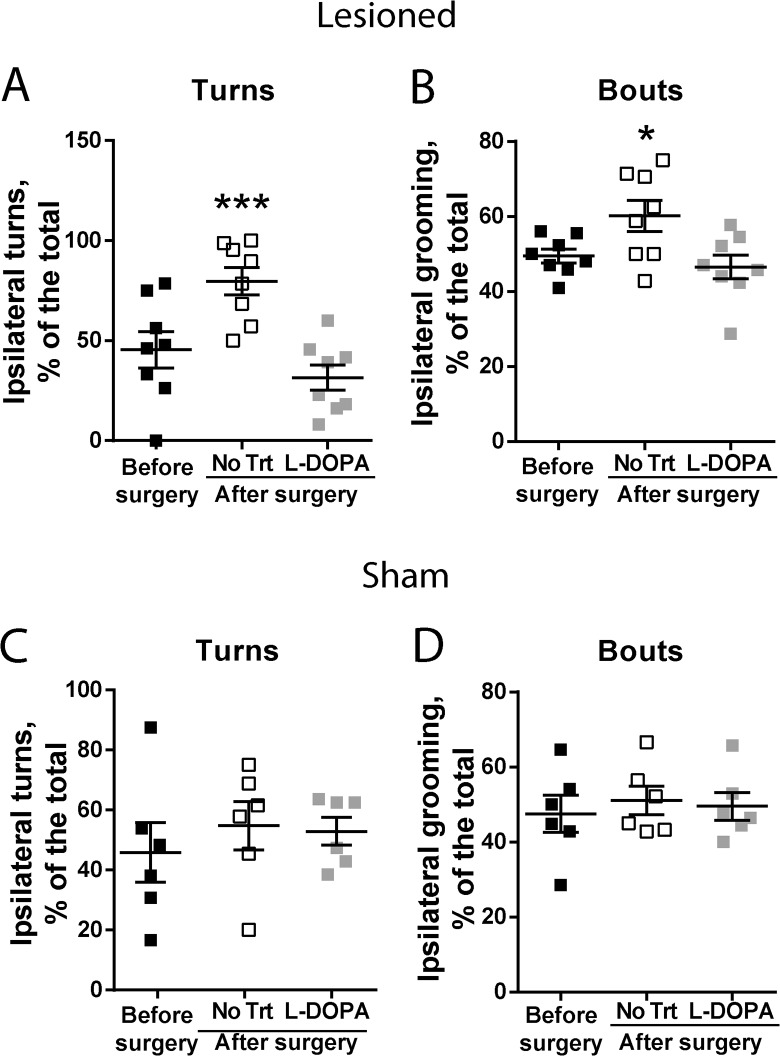Fig 4. Analysis of asymmetry of grooming activity.
Analysis was done in mice which received a unilateral injection of 6-OHDA (A and B, lesioned, n = 8) or vehicle (C and D, sham, n = 6) into the MFB. Mice were video-recorded before the surgery, 3 weeks after the surgery in the absence of treatment (After surgery, No Trt), and 4 weeks after the surgery, between 1.5 and 3 h after the injection of 2.5 mg/kg L-DOPA and 12 mg/kg benserazide (After surgery, L-DOPA). (A) Ipsilateral turns, calculated as % of total turns in the lesioned mice, F(2,21) = 10.9, p < 0.001. (B) Ipsilateral grooming, as a % of total grooming bouts in the lesioned animals, F(2,14) = 4.27, p < 0.035. (C) Ipsilateral turns, calculated as % of total turns in the sham-operated mice, F(2,10) = 0.56, p = 0.58. (D) Ipsilateral grooming, as a % of total grooming bouts in the sham-operated mice, F(2,15) = 0.18, p = 0.83. Statistical analysis, one-way ANOVA followed by Sidak’s post-hoc tests, *p < 0.05, ***p < 0.001.

